Freestanding and Wall-mounted Laundry Sinks: Pros, Cons & Materials
Compared to laundry countertops with undermount sinks, freestanding and wall-mounted utility sinks have the advantage of being cheaper, as you’ll buy a single piece instead of making a countertop and buying an undermount sink separately.
The disadvantage is making less of the availabe space, since a countertop would give you extra work space and undercounter cabinets. If you are still not sure what’s best for your laundry room, check the article on laundry countertops.
In this article, you’ll find out the differences between freestanding and wall-mounted models, and which material and size to pick.
Page Contents:
Freestanding or wall mounted laundry sink?
The advantage of freestanding utility sinks is that you won’t have to worry about installation, and weather the wall is resistent enough to support the sink.
On the other hand, a wall-mounted sink will allow you to use the space under it more freely, once you won’t have to worry about the legs.
Both types have similar price ranges. The price will depend more on the material, which we will see next.
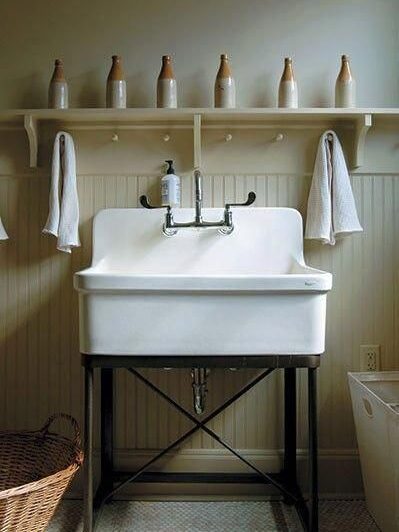
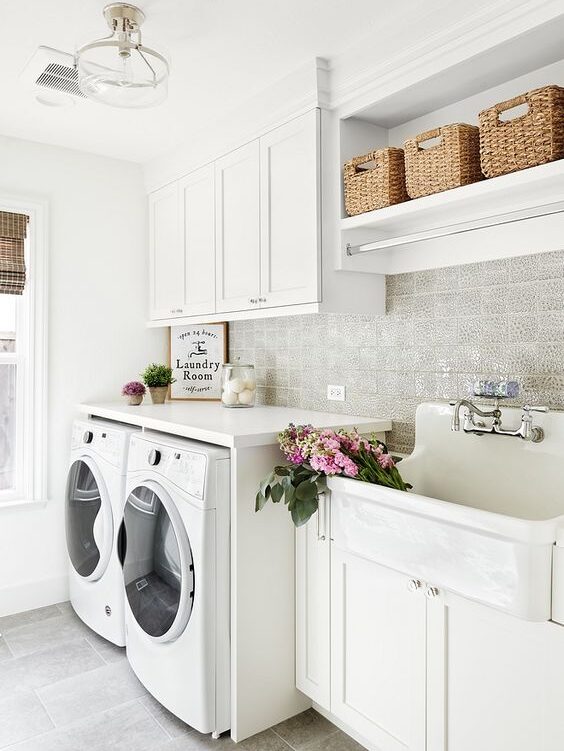
Freestanding and wall-mounted laundry sink materials
Polypropylene, fiberglass, acrylic or plastic
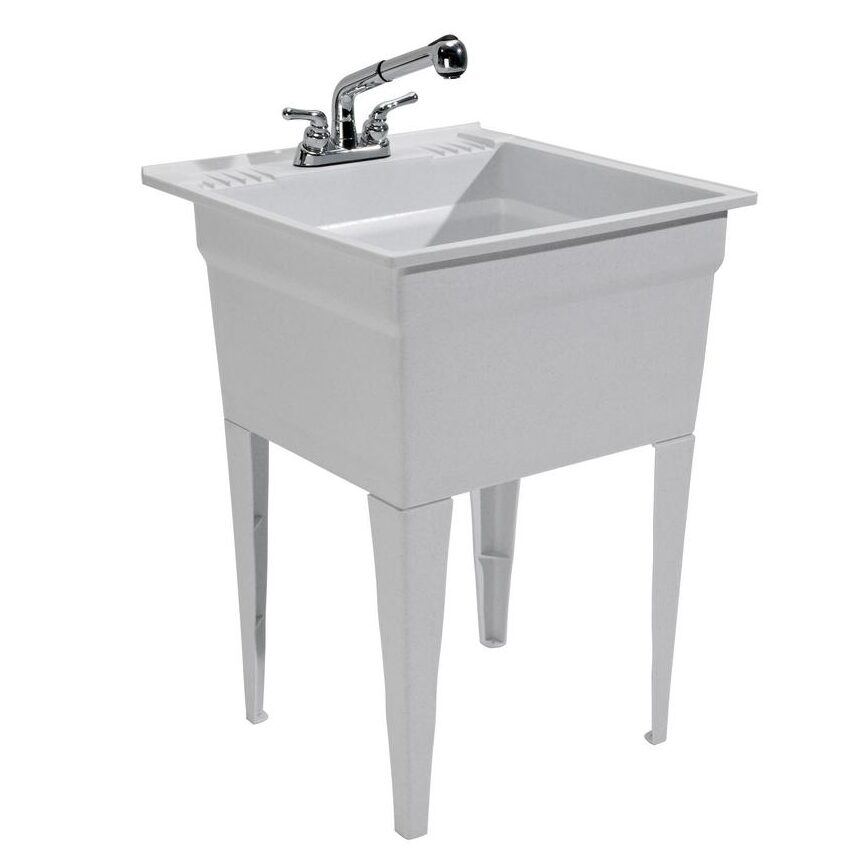
Pros:
- The cheapest option.
- Durable.
- Resistant to scratches and stains.
Cons:
- Not as heat resistant as the other materials.
- Louder when water hits the sink.
Stainless steel
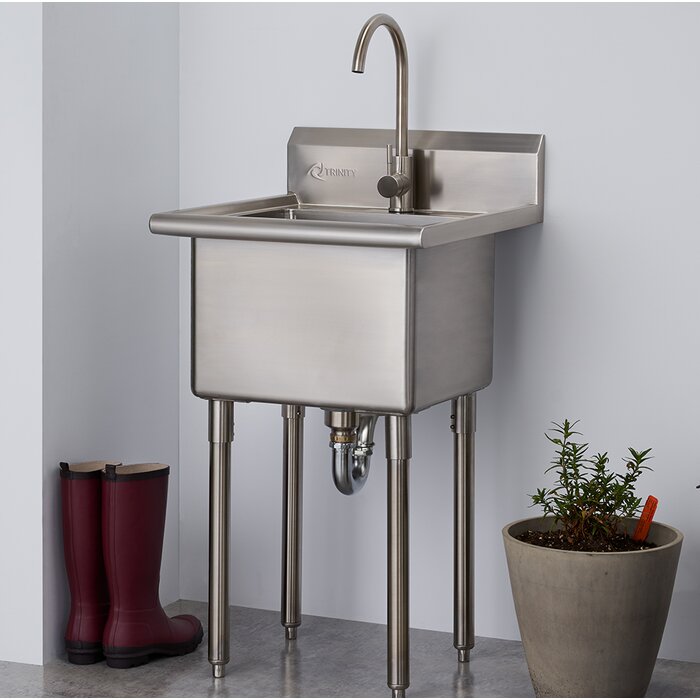
Pros:
- Industrial look can compose an interesting decor.
- Practical and easy to clean.
- Heat resistant.
Cons:
- More expensive.
- Also lightweight and loud. The thicker the material, though, the least noise it makes.
Cast iron
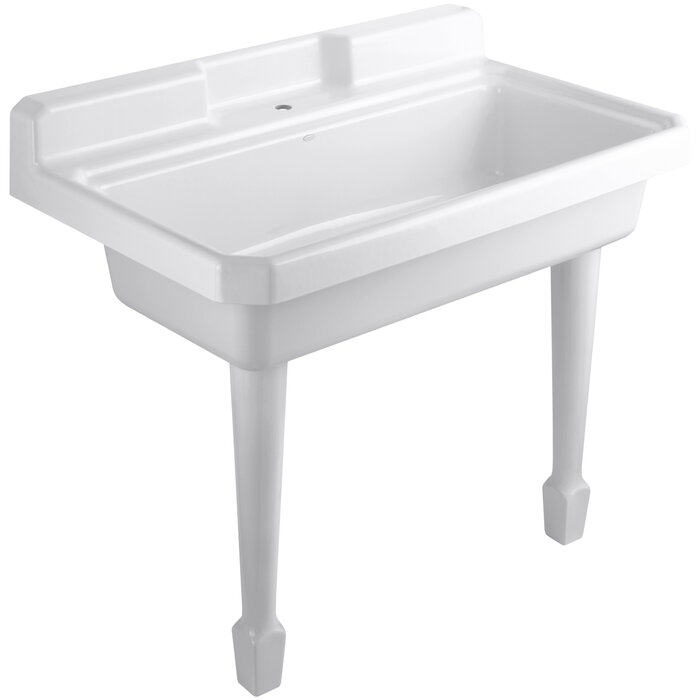
Pros:
- The most traditional option, cast iron sinks are coated in enamel for a heavy-duty product.
- Durable.
- Heat resistant.
Cons:
- The most expensive type.
- To avoid the exposed iron to rust, you should re-glaze enamel every time it chips.
How to determine the size of a freestanding or wall-mounted laundry sink
After deciding your utility sink installation type and material, you will also find options of size.
Check the dimensions of the options you’re comparing. Choose a larger one if your family and laundry room are large, or a small one if you live alone or as a couple, or have a small laundry room.
That’s it! I hope this guide has made buying a freestanding or wall-mounted laundry sink easy.
After you pick the sink, check its specifications to find out which other items come with the product, such as the faucet and the drain. Some products include these items and some don’t, so make sure to buy everything you will need.
Check out our articles on laundry faucets if you need help to choose one.
